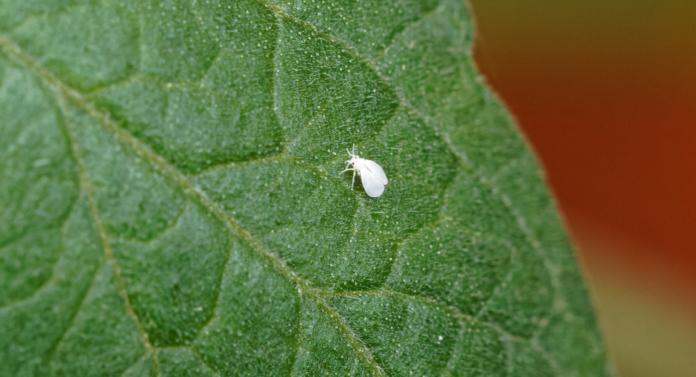In Greater Victoria this year, residents and gardeners have been noticing a peculiar and persistent presence of tiny little white flies.
These insects, aptly named “whiteflies,” have become a topic of discussion and concern among locals.
In this article, we will explore what these whiteflies are, why they are so prevalent this year, and what steps can be taken to manage them.
What Are Whiteflies?
Whiteflies, scientifically known as Aleyrodidae, are small insects belonging to the order Hemiptera. They are named for their distinctive white, moth-like appearance and are typically quite tiny, measuring only 1-3 millimeters in length. Whiteflies are known to feed on the sap of various plants, making them a common pest for gardeners and farmers alike.
Why Are They So Prevalent This Year?
Several factors contribute to the increased prevalence of whiteflies in Greater Victoria this year
Climate conditions: Whiteflies thrive in warm and humid environments. With the weather patterns in Victoria being more conducive to these conditions, it can lead to a higher population of whiteflies. Unusual weather patterns or climate change could be playing a role in their abundance.
Host plants: Whiteflies have a broad host range, feeding on a wide variety of plants, including ornamental flowers, vegetables, and fruit trees. If there is an abundance of preferred host plants in the area, it can attract and sustain a larger whitefly population.
Lack of natural predators: Natural predators, such as ladybugs, lacewings, and parasitic wasps, help control whitefly populations. An imbalance in the local ecosystem, caused by factors like pesticide use or habitat disruption, can reduce the presence of these natural predators, allowing whitefly populations to soar.
Migration patterns: Whiteflies can travel significant distances when carried by wind currents. If they migrate from other regions into Greater Victoria, it can result in a sudden surge in their numbers.
Managing Whiteflies
While whiteflies can be a nuisance, there are several strategies to manage and control their population:
Monitoring: Regularly inspect your plants for signs of whitefly infestation. Look for tiny white insects on the underside of leaves and the presence of sticky honeydew residue.
Pruning and removing affected leaves: Prune and remove heavily infested leaves or plants to prevent the spread of whiteflies to healthy plants.
Natural predators: Encourage natural predators of whiteflies by avoiding the use of broad-spectrum pesticides and by providing habitat for beneficial insects.
Insecticidal soap or neem oil: If infestations are severe, consider using insecticidal soap or neem oil, which are less harmful to beneficial insects than chemical pesticides.
Yellow sticky traps: Place yellow sticky traps near affected plants to capture adult whiteflies. They are attracted to the color yellow and will stick to the traps.
Maintain plant health: Healthy plants are better equipped to resist infestations. Ensure your plants receive proper care, including adequate watering and fertilization.
The sudden increase in whiteflies in Greater Victoria this year is likely due to a combination of factors, including favorable climate conditions, abundant host plants, and potential shifts in migration patterns.
While whiteflies can be a nuisance to gardeners and farmers, there are effective methods to manage their populations in an environmentally friendly manner.
By monitoring, employing natural predators, and using targeted treatments when necessary, residents can help mitigate the impact of these tiny white insects on their gardens and local ecosystems.
Have you seen an increase in whiteflies in Victoria? Let us know in the comment section below.



